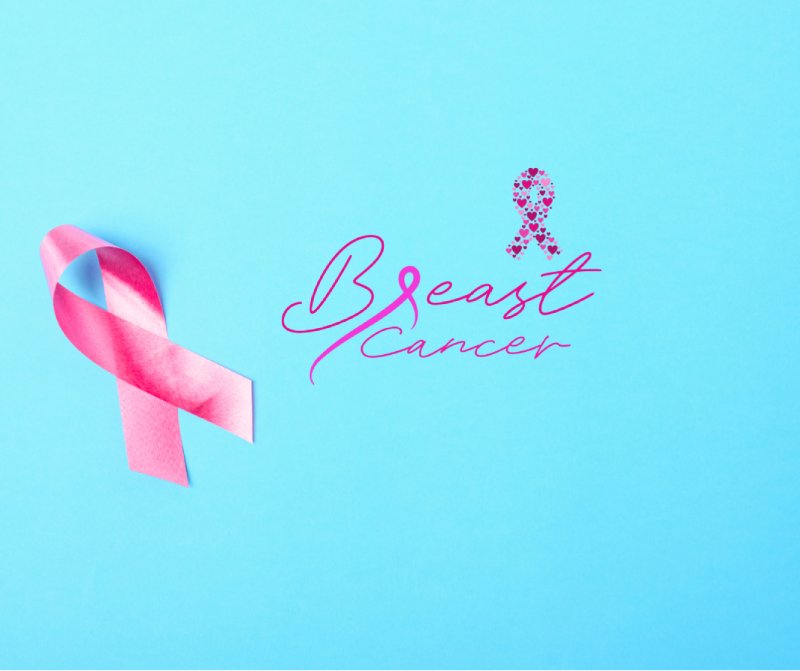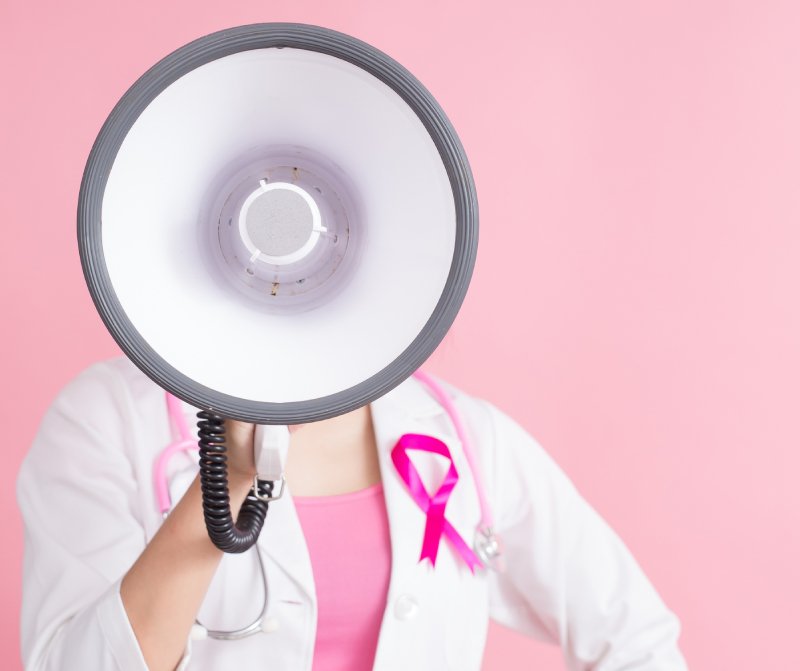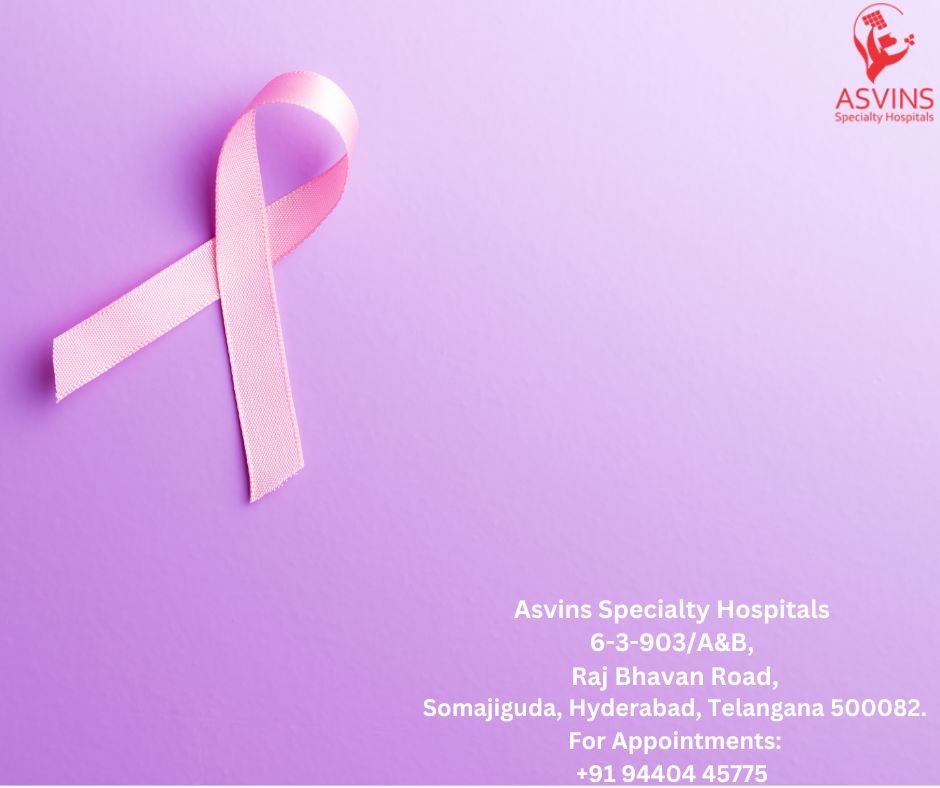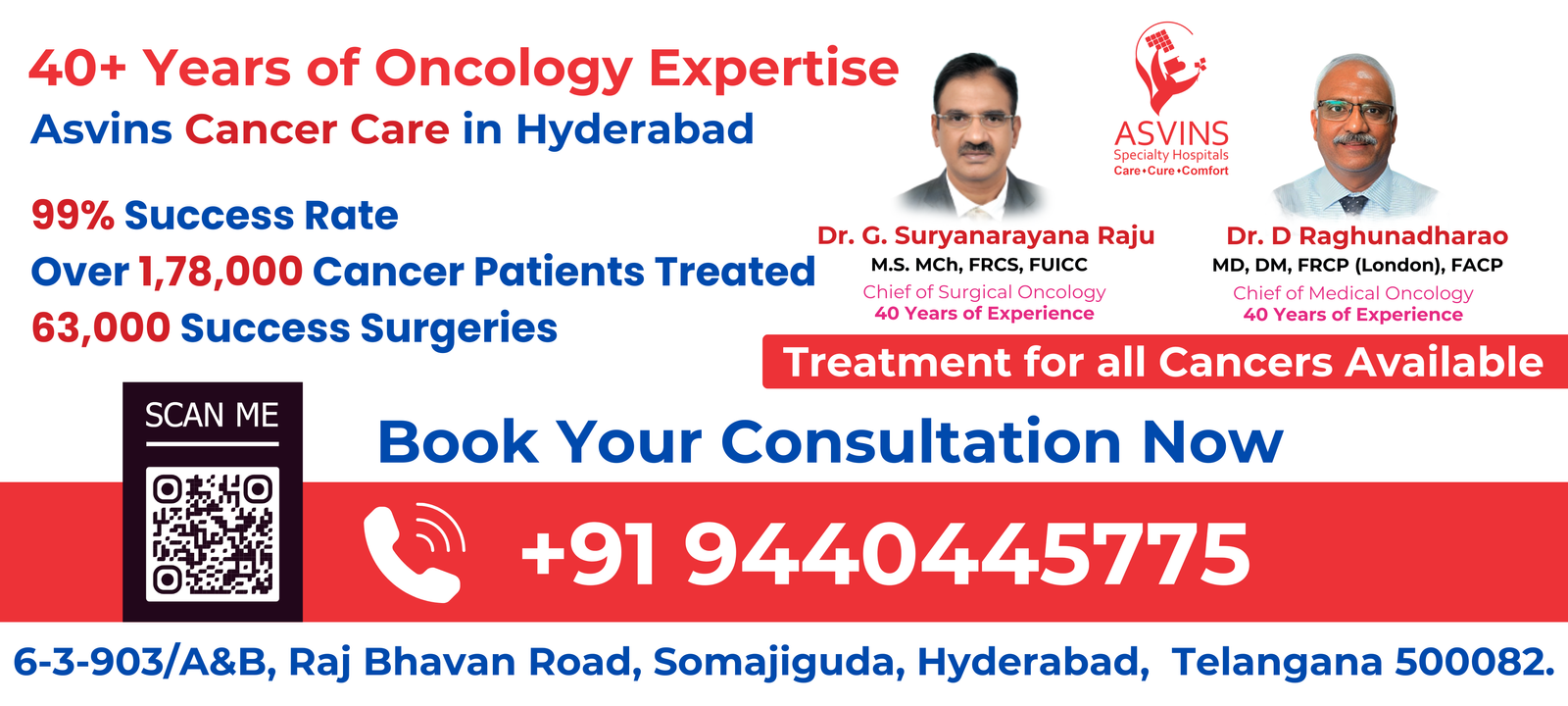 Advantages of Breast Cancer Treatment
Advantages of Breast Cancer Treatment
Advancements in breast cancer treatment have yielded numerous benefits, enhancing patient outcomes and quality of life. Early detection through screening programs allows for timely interventions, often leading to less aggressive treatments and higher survival rates. Targeted therapies, such as HER2-targeted drugs and hormone therapy, offer tailored approaches, minimizing side effects and improving efficacy. Minimally invasive surgical techniques like lumpectomy and robotic-assisted surgery reduce trauma and promote quicker recovery. Personalized medicine, based on genetic profiling, optimizes treatment plans, ensuring patients receive the most suitable therapies. Improved radiation therapy methods, like intensity-modulated radiation therapy (IMRT), minimize damage to surrounding tissues. Supportive care and integrative therapies address physical and emotional well-being, enhancing overall patient experience. Collaborative multidisciplinary approaches involving oncologists, surgeons, radiologists, and mental health professionals ensure holistic care. In sum, these advancements signify a brighter outlook for breast cancer patients, emphasizing improved survival rates, reduced side effects, and enhanced well-being.
Why choose Asvins speciality Hospital for Breast Cancer?
Choosing Asvins Specialty Hospital for breast cancer care offers numerous advantages. Renowned for its expertise in oncology, the hospital boasts a dedicated team of experienced oncologists, surgeons, and support staff who specialize in breast cancer treatment. State-of-the-art diagnostic facilities, advanced imaging technologies, and precision medicine approaches ensure accurate diagnoses and personalized treatment plans. The hospital offers a comprehensive range of services, from early detection through advanced treatments, including surgery, radiation therapy, targeted therapies, and hormone therapy. Asvins promotes a patient-centric approach, providing emotional support, counseling, and integrative therapies to address holistic well-being. Their multidisciplinary approach encourages collaboration among various medical disciplines for well-rounded care. Moreover, the hospital’s commitment to research and continuous medical education ensures access to cutting-edge treatments and the latest advancements in breast cancer care. With a track record of successful outcomes and compassionate care, Asvins Specialty Hospital stands out as a reliable choice for comprehensive and effective breast cancer treatment.
What is Breast Cancer?
Breast cancer is a type of malignant tumor that originates in the cells of the breast tissue. It is one of the most prevalent cancers among women worldwide. Breast cancer can develop in both men and women, though it is far more common in females. The disease usually begins in the milk ducts (ductal carcinoma) or lobules (lobular carcinoma) of the breast. As the cancerous cells multiply and grow uncontrollably, they form a lump or mass that can often be felt or detected through imaging techniques like mammograms.
How Breast Cancer causes?
Breast cancer develops due to a complex interplay of genetic, hormonal, environmental, and lifestyle factors. Mutations in certain genes, particularly BRCA1 and BRCA2, are associated with an increased risk of developing breast cancer. These genetic mutations can be inherited or occur spontaneously.
Hormonal factors play a crucial role, as breast cancer is often hormone-sensitive. Estrogen and progesterone, which regulate the menstrual cycle and pregnancy, can encourage the growth of cancer cells in some cases.
Environmental factors like exposure to ionizing radiation and certain chemicals may contribute to genetic mutations that initiate cancerous growth. Lifestyle choices, such as a high-fat diet, alcohol consumption, smoking, and lack of physical activity, can increase the risk of breast cancer.
Early menarche (first menstruation), late menopause, and not having children or having them later in life can also influence breast cancer risk. Regular screening, early detection, and understanding risk factors can aid in identifying individuals at a higher risk and enable timely interventions and personalized preventive measures.
 Symptoms of Breast Cancer:
Symptoms of Breast Cancer:
The symptoms of breast cancer can vary but often include a combination of noticeable changes in the breast and related discomfort. A common early sign is the presence of a new lump or mass in the breast or underarm area. Other symptoms may encompass changes in breast size, shape, or texture, as well as unexplained pain in the breast or nipple.
Skin changes like redness, dimpling, or puckering can also occur. Nipple changes, such as inversion, discharge other than breast milk, or scaling, may indicate a potential issue. Swelling in the lymph nodes under the arm or around the collarbone can signal that cancer may have spread.
Regular breast self-exams, clinical breast exams by a healthcare professional, and mammograms can aid in early detection of these symptoms. It’s important to note that some individuals with breast cancer might not experience any symptoms at all. Given the diverse presentations, any unusual changes in the breast should be promptly evaluated by a medical professional to ensure timely diagnosis and appropriate treatment.
Risk Factors for Breast Cancer:
Several risk factors contribute to the development of breast cancer. Genetics play a significant role, with inherited mutations in genes like BRCA1 and BRCA2 increasing susceptibility. Age is a key factor, as the risk rises with age, especially after menopause. Hormone-related factors like early menstruation, late menopause, and hormone replacement therapy can influence risk.
Personal history of breast cancer or certain non-cancerous breast diseases, as well as a family history of breast or ovarian cancer, elevate the likelihood. Radiation exposure at a young age and having dense breast tissue are additional risk factors. Lifestyle choices such as a high-fat diet, excessive alcohol consumption, smoking, and lack of physical activity contribute. Reproductive factors like having the first child after age 30 or never having children also impact risk.
Awareness of these risk factors is crucial for timely screening and prevention strategies. Regular mammograms and discussions with healthcare providers can help individuals manage and mitigate these risks effectively.
 How is Breast Cancer detected?
How is Breast Cancer detected?
Breast cancer detection involves a combination of methods to identify abnormalities in breast tissue. Regular breast self-exams enable individuals to recognize any changes in their breasts. Clinical breast exams by healthcare professionals involve thorough physical examinations to detect lumps or other anomalies.
Mammograms, X-ray images of the breasts, are a primary screening tool for breast cancer. They can reveal small tumors that may not be palpable. Diagnostic mammograms and additional imaging techniques like ultrasound and MRI are used to further evaluate suspicious findings.
Biopsies, where tissue samples are taken and examined under a microscope, confirm the presence of cancer. Needle biopsies, core biopsies, and surgical biopsies are common methods.
Advancements like molecular breast imaging and 3D mammography improve detection accuracy. Early detection greatly improves treatment outcomes. Regular screenings are recommended, especially for those with risk factors, to catch breast cancer in its earliest, most treatable stages. Consulting a healthcare professional guides individuals on the most suitable screening approach based on their age, risk factors, and medical history.
What are the stages of Breast Cancer?
Breast cancer is staged based on the extent of tumor growth, lymph node involvement, and the presence of metastasis.
Stage 0: Non-invasive, confined to the ducts or lobules.
Stage I: Small tumor without lymph node involvement.
Stage II: Larger tumor or spread to nearby lymph nodes.
Stage III: Larger tumor with significant lymph node involvement or spread to nearby tissues.
Stage IV: Advanced cancer with distant metastasis to organs like lungs, liver, bones, or brain.
Staging helps determine the appropriate treatment plan and prognosis. Tumor size, lymph node status, hormone receptor status, and HER2/neu status influence treatment decisions. Early-stage cancers generally have better outcomes, while advanced stages may require more aggressive approaches like surgery, chemotherapy, targeted therapy, and radiation.
Accurate staging through imaging, biopsies, and other tests is essential to ensure the most effective treatment tailored to the specific stage of breast cancer. Regular follow-up and consultations with healthcare professionals help monitor progress and adjust treatment plans as needed.
 What are the Treatments for Breast Cancer?
What are the Treatments for Breast Cancer?
Breast cancer treatment varies based on factors like cancer stage, type, and individual health. Primary treatment options include surgery, where the tumor is removed through lumpectomy (partial removal) or mastectomy (complete removal). Lymph node removal may accompany surgery.
Adjuvant therapies include radiation therapy, which targets remaining cancer cells, and chemotherapy, which kills or slows cancer cell growth. Targeted therapies focus on specific molecules involved in cancer growth, like HER2-targeted drugs.
Hormone therapy blocks hormones that fuel some types of breast cancer. For advanced stages, systemic treatments like chemotherapy, targeted therapy, and hormone therapy are common. Immunotherapy stimulates the immune system to attack cancer cells. Reconstructive surgery and prosthetics help restore appearance post-mastectomy. Complementary therapies, psychological support, and integrative medicine contribute to overall well-being.
Treatment plans are individualized, often involving a combination of therapies. Regular monitoring and follow-up are crucial to assess treatment effectiveness and manage side effects. Consulting healthcare professionals ensures informed decisions and optimal outcomes.
What is the Cost of Breast Cancer treatment?
The cost of breast cancer treatment varies widely based on factors such as the stage of cancer, type of treatment, geographic location, healthcare facility, insurance coverage, and individual patient needs. Treatment expenses typically include diagnostic tests, surgeries (lumpectomy or mastectomy), radiation therapy sessions, chemotherapy cycles, targeted therapies, hormonal treatments, follow-up appointments, and potential side-effect management.
In countries with national healthcare systems, costs may be covered or subsidized, reducing the financial burden on patients. In private healthcare settings, costs can be significant and may range from thousands to tens of thousands of dollars. Insurance coverage greatly influences out-of-pocket expenses. Financial assistance programs, nonprofit organizations, and government initiatives might provide support for those facing financial challenges. It’s crucial for patients to communicate with their healthcare providers and insurance companies to understand the anticipated costs, explore available options, and plan for managing the financial aspects of breast cancer treatment.
How to prevent or get rid of Breast Cancer?
While there is no guaranteed way to completely prevent breast cancer, several strategies can help reduce the risk and promote early detection:
- Healthy Lifestyle: Maintain a balanced diet rich in fruits, vegetables, and whole grains. Limit alcohol consumption and avoid smoking.
- Breastfeeding: If possible, breastfeed your children, as it can reduce the risk of both the mother and child developing breast cancer.
- Early Detection: Perform regular breast self-exams and seek clinical breast exams by healthcare professionals. Follow recommended screening guidelines for mammograms, especially if you have risk factors.
- Genetic Testing: If you have a family history of breast cancer, consider genetic counseling and testing to understand your risk better.
- Hormone Replacement Therapy: Use hormone replacement therapy (HRT) cautiously and for the shortest duration necessary, as it can increase breast cancer risk.
- Limit Exposure to Radiation and Toxins: Minimize exposure to ionizing radiation and environmental toxins as much as possible.
- Personalized Risk Assessment: Discuss your risk factors with a healthcare provider to create a personalized prevention plan.
While these steps can lower the risk, early detection remains crucial. Regular screenings, self-exams, and maintaining a healthy lifestyle contribute to proactive breast health management.
Why you should not delay Breast Cancer treatment?
Delaying breast cancer treatment can have serious consequences on treatment outcomes and overall health. Delaying treatment allows the cancer to progress, potentially spreading to other parts of the body, which can reduce treatment effectiveness and worsen prognosis.
Early-stage breast cancer often requires less aggressive treatments and offers higher chances of successful outcomes. Delaying treatment may necessitate more invasive surgeries, stronger chemotherapy, or additional therapies, leading to increased physical and emotional stress.
Furthermore, cancer-related symptoms and discomfort can worsen over time, impacting the quality of life. Delaying treatment can also lead to higher healthcare costs due to advanced disease requiring more extensive interventions. Regular medical appointments, prompt diagnosis, and timely treatment ensure that appropriate interventions are initiated, maximizing the potential for successful treatment and minimizing the negative impact on both physical and emotional well-being.
 Benefits of Breast Cancer Treatment
Benefits of Breast Cancer Treatment
Breast cancer treatment offers a range of significant benefits that positively impact patients’ lives.
- Increased Survival Rates: Timely and effective treatment can lead to higher survival rates, particularly when cancer is diagnosed in its early stages.
- Improved Quality of Life: Treatment can alleviate symptoms, reduce pain, and enhance overall well-being, allowing patients to maintain their daily activities and routines.
- Personalized Care: Advances in medical technology and research enable tailored treatment plans that consider individual factors like cancer type, stage, genetics, and overall health.
- Symptom Management: Therapies target cancer cells while minimizing side effects, ensuring better tolerance to treatments like chemotherapy, radiation, and targeted therapies.
- Less Invasive Techniques: Minimally invasive surgeries and innovative treatments help reduce trauma, scarring, and recovery times.
- Psychological Support: Oncology teams provide emotional support and resources to manage the emotional challenges that come with a cancer diagnosis.
- Long-Term Monitoring: Treatment includes follow-up care, ensuring any recurrence or new developments are detected and addressed promptly.
- Innovative Research: Participating in clinical trials can provide access to cutting-edge treatments and contribute to advancing cancer research.
Breast cancer treatment not only targets the disease but also aims to enhance the patient’s overall quality of life, physical well-being, and emotional resilience.
Chemotherapy is a crucial component of breast cancer treatment, employed to halt the growth of cancer cells and prevent their spread to …
Breast cancer is often associated with the presence of lumps or masses in the breast tissue. Understanding these breast cancer lumps, their …
Skin changes can be subtle yet significant indicators of breast cancer symptoms. While many people associate breast cancer primarily with lumps, changes …
Male breast cancer is a rare but important health concern that affects a small percentage of men. Although breast cancer is more …
உண்மையான உள்ளீடுகள் கர்ப்பிணி கட்டிப்பிடிக்கும் மகளிர்களை அவசியமாக அவசிக்கும் பின்னணி உள்ளீடு ஆகும். முக்கியமாக, தலைமுடியில் உண்மையான துணைப் பருக்குகள் உள்ளன. இவை ஒரு பெண் தன் உணர்வையும் உறுதியையும் …
Breast cancer affects millions of women in worldwide. When diagnosed, one of the primary treatment options that often comes into consideration is …
Breast cancer is a significant health concern, and its accurate diagnosis and documentation are vital for proper medical care and billing. In …
Breast cancer is a widespread and potentially life-threatening disease that primarily affects women, though it can also occur in men, albeit rarely. …
Triple-negative breast cancer (TNBC) is a subtype of breast cancer that lacks three crucial receptors found in other breast cancers: estrogen receptors …
TNM staging is a crucial system used to assess the extent and severity of cancer, including breast cancer. Understanding TNM staging is …
Breast cancer is a complex disease with multiple contributing factors, both known and still under investigation. While the exact causes are not …
Breast cancer is a malignant disease characterized by the uncontrolled growth of abnormal cells in the breast tissue. This condition can affect …













 Online | Privacy policy
Online | Privacy policy